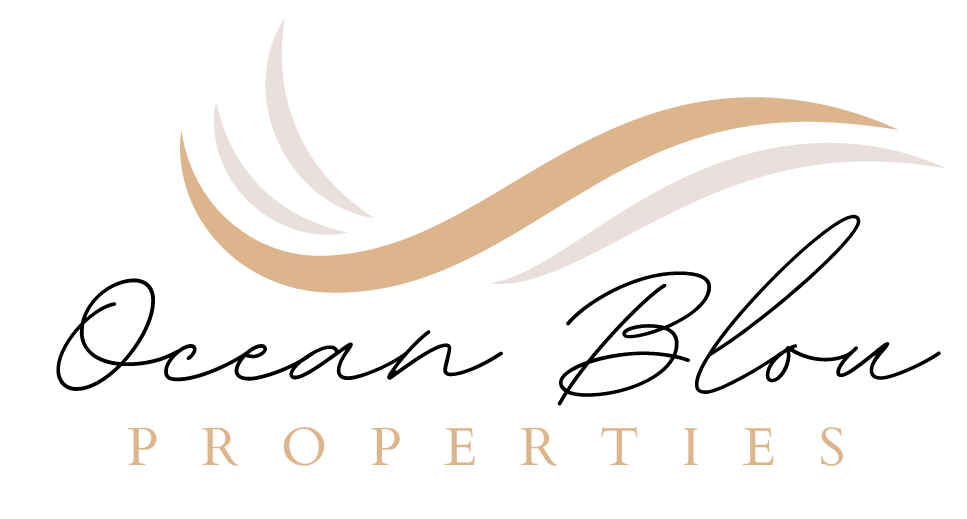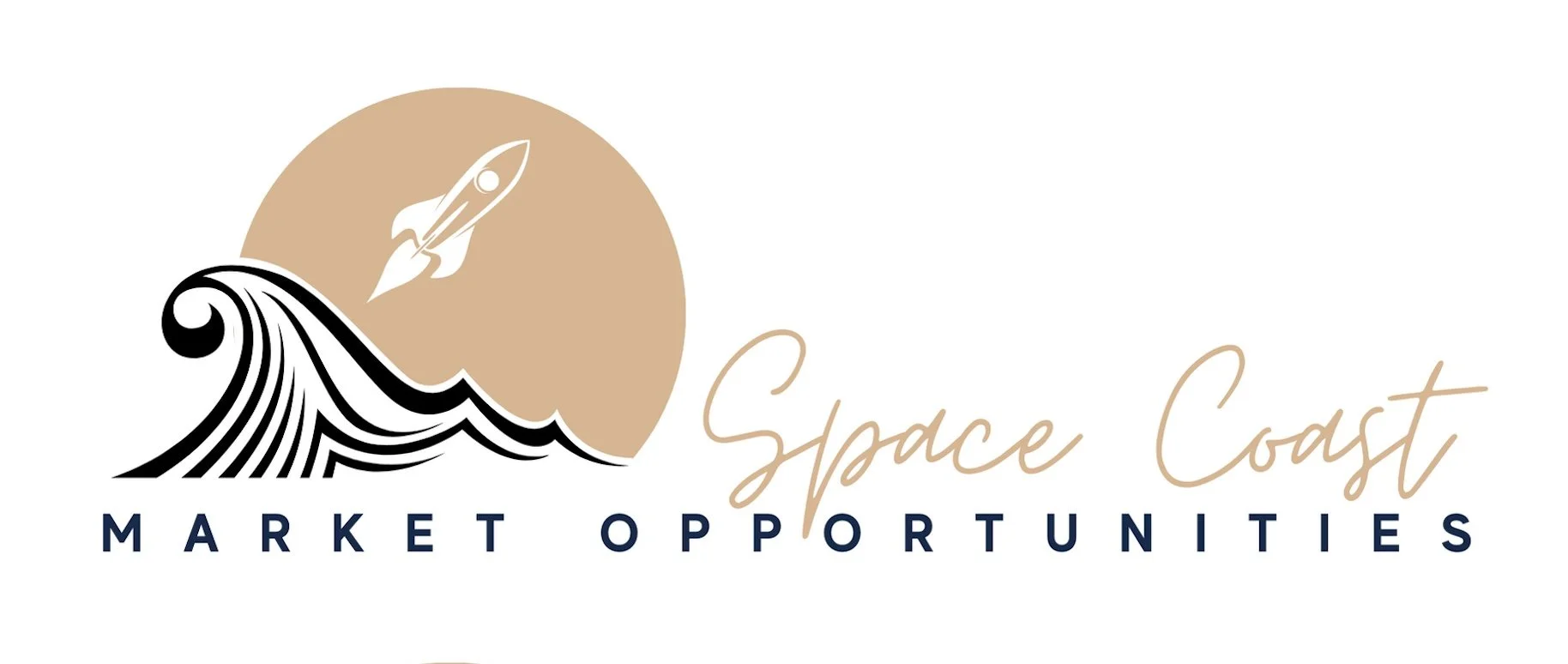Should I Buy A Long-Term or Short-Term Rental? (And Let’s Analyze Some Listings!)
The business of LTR’s and STR’s are actually quite different. Which makes sense for you as an owner?
A common question we get from investors is whether to rent as a long-term (LTR) or short-term rental (STR)?
Firstly, as a side note, Brevard County is a rare market and accommodates both… this is unusual. Homes in high tourism areas are usually too expensive to cash flow as an LTR. (Sale price to market rent ratios are usually not favorable in those areas)
But Brevard has both high tourism and a reasonable median home price…along with a solid base of full-time residents and a strong job market.
There are multiple things to consider when choosing STR or LTR, such as do you want to use the property for personal use part of the year, as well as other personal considerations.
However, in today’s blog we will be ignoring those kinds of considerations and focusing almost exclusively on Net Operating Income. (NOI)
To get things kicked off, let’s go through some of the pros and cons of STR and LTR.
LTR:
-Full rent potential collected from month #1. (STR’s usually take 3-9 months to build up reviews and reach occupancy potential)
-Considerably less work to manage and cheaper management costs. (8% vs. 20-30% of revenue for STR)
-Perform property maintenance with tenants occupying property vs. blocking off bookings for repairs. (a double expense)
-No fear of HOA or city restrictions affecting bottom line.
-Use rent to offset DTI for future purchases.
-Less upfront cost, no need to buy furniture or stock household items. (Cookware, toilet paper, toiletries, towels, bedding, can really add up!)
-Guest reviews are not a factor in vacancy risk or rent potential.
STR:
-Higher revenue!! (Roughly double or triple in the Cocoa Beach market on average)
-More frequent opportunity to inspect your property. (Inspect your home for damage every week versus quarterly or longer)
-Potentially less money down on purchases. (Second home mortgages can sometimes qualify for buying STR’s)
-Increasing revenue over time. (Good reviews build exposure which lead to more bookings at a higher nightly rate)
-Raise “rent” dynamically to follow demand vs. every 12 months on standard lease.
-Make additional revenue from cleaning fees, pool heater fees, or even “admin” fees. (If they will pay it, you can charge it… although high fees can hurt bookings)
As you can see, there are a lot of factors to the advantages/disadvantages of STR’s or LTR’s.
As a whole, you should know that STR’s are not as “recession proof” as LTR’s as the family vacation is less critical than a roof over that family’s head when times get tough. But on the flip side, with STR’s you can “outcompete” other units and have more influence on the performance of your asset.
Now, let’s look at a few active listings and run a cashflow analysis on each, as a STR or LTR:
Property #1
2/1 in Eau Gallie Art District of Melbourne, FL (Under contract @ $250k but accepting backups)
This is a cute, (mostly) updated house near Indian River in the up-and-coming Eau Gallie art district. Homes in this area can support both LTR’s and STR’s due to its relatively low price point and tourism being near a walkabout historic area near the river.
First, let’s run through our costs/expenses.
PITI with 20% down: $1,595/ month (7.2% interest)
Cash in deal:
- $55k as LTR (down payment + closing costs)
- $70k as STR, (down payment, closing costs, furniture, and amenities)
Estimated rent/bookings potential:
- LTR: $23,184/year (net rent collected after PM fees)
- STR: $28,800/year (net revenue after Airbnb fees, and PM fees)
Note: this an estimate based on AirDNA data and underwritten based on average occupancy and nearby STR’s. Actual performance varies.
Cash on cash returns compared:
LTR:
$55k “cash in deal”
Holding costs: $19,140/year (PITI)
Rent Potential: $23,184 (after PM)
Annual NOI: $4,044 (7.3% cash on cash return)
STR:
$70K “cash in deal”
Holding costs: $19,140/year (PITI)
Bookings potential: $28,800* (after PM)
This is based on a 20% fee for STR property management.
STR management can vary in cost, this is on the low end of average costs and it’s a good idea to get a quote prior to closing on a house you plan to use as a STR. Average fees can be 30-35% depending on the specific market.
Annual NOI: $9,660 (14% cash on cash return)
Cap rates compared:
LTR: 9.2%
STR: 11.5%
Bottom line: STR is clearly the winner here for NOI, as an 14% Cash on Cash is a strong return for today’s rates. Even after paying 20% of booking fees for PM, buying furniture, and 3%+ listings fees to Airbnb. (All of which are tax deductible) But with that said, this is an acceptable return for some as a LTR especially considering today’s rates.
These cash-on-cash numbers would be substantially better with even a 5% interest rate. (Around 18% for STR) But I would not recommend buying a deal based on interest rate speculation.
Personally, I’m happy for the buyer’s here (I think they bought right) and I would keep an eye on this one in case it falls out of contract!
Property #2
3 BR 2 BA SFH in Merritt Island with Studio Apartment in backyard. (Asking 340k)
This house is currently being used as an STR, and even comes with future bookings. Merritt Island is not what I would typically think of as a vacation rental market, but it is centrally located and has bookings on the calendar. It also has a second unit in the backyard which we will include in our rent potential for our LTR analysis. I will underwrite this property based on a $320k sale price, as this is a somewhat stale listing and times have changed in the market.
PITI with 20% down: $2,049/ month (7.2% interest, $320k sale price)
Cash in deal:
$70k as LTR (down payment + closing costs)
$70k as STR, (furniture is already included)
Estimated rent/bookings potential:
LTR: $25,200/year (net rent collected after PM fees)
Breakdown: Main house $1,600/month, $700 for apartment (estimated)
STR: $32,400/year (net revenue after Airbnb fees, and PM fees)
Note: this an estimate based on AirDNA data and underwritten based on average occupancy and nearby STR’s. Actual performance varies. I have this on the low end of estimates ($180/night, 70% occupancy) due to its location. (B- neighborhood)
Again, STR management fees vary and 20% may be on the low end. Verify first!
Cash on cash returns compared:
LTR
$70k “cash in deal”
Holding costs: $24,588/year (PITI)
Rent Potential: $25,392 (after PM)
Annual NOI: $804 (1.1% cash on cash return, OUCH!)
STR
$70K “cash in deal”
Holding costs: $24,588/year (PITI)
Bookings potential: $32,400* (after PM)
*This is based on Ocean Blou’s fee structure
Annual NOI: $7,812 (11% cash on cash return)
Cap rates compared:
LTR: 7.9%
STR: 10%
Bottom line: Obviously not viable as an LTR, the only real monetization model for this asset (at today’s rates) is STR. Even so, the returns/performance we calculated here (in year one) are in a sense inflated because the property comes furnished. This deal isn’t appealing to me.
Despite the future bookings, the property also does not come with any reviews on Airbnb or VRBO (I checked). So, taking over this “turnkey STR” will be a lot like starting from scratch in this aspect. But this is a great example of how many deals on MLS don’t make *any* cashflow as an LTR with current rates and sellers are still in the beginning stages of understanding this.
As a side note, to follow the “minimum $350/month cashflow rule” some RE gurus recommend (and I agree with) you would need to pay $265kfor this property! It’s listed at 340k, so that’s a 22% price reduction just to obtain minimum cash flow!
Thank you for taking the time to read, if you know anyone else who is interested in investing in Brevard Real Estate please invite them to subscribe by sharing this or any of our other newsletters. If you are not subscribed yet, you can do so here.
Want to work with me and my team? Here are some ways we can partner together:
Short Term Rental Property Management: Ocean Blou Properties
Long Term Rental Property Management: IGC Rents
Sales Associate with IGC Realty: Levi@IGCrents.com or 7194521225



